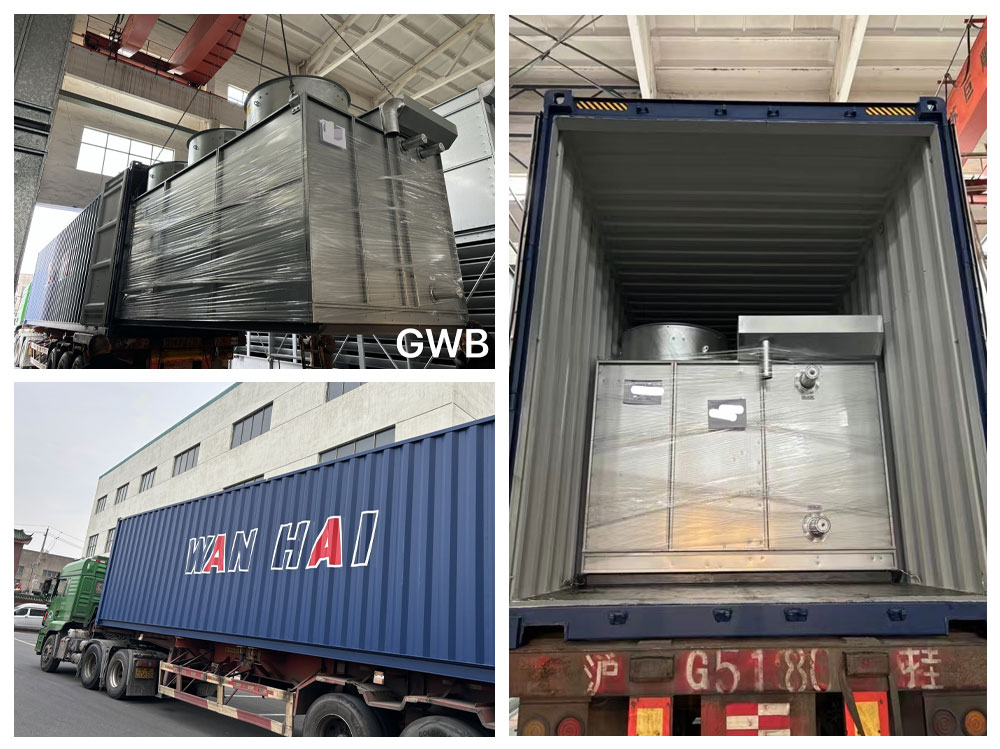Cooling Tower Pvc Fill Replacement Steps
The replacement of the cooling tower pvc fill requires the cleaning of the tower on the basis of removing the old cooling tower, and the new pvc fill should be laid scientifically in order. The replacement of new and old fillers generally follows the following steps:
1. Before construction, protect other equipment on site and perform necessary isolation and listing. Lay the construction material cloth on the floor waterproof layer.
2. Remove the old pvc fill. Turn off the power of the motor, remove the tie bars in the filling part of the cooling tower, and then remove the old pvc fill, clean up the garbage in the tower, and clean the site.
3. Fill with new filler. Bond the cooling tower filler and ensure that the filler is placed in the curing time of the binder, ensure that the filler contact points are at the same level during bonding, and ensure that the filler contact points are evenly and tightly stressed during the crimping process.
4. Cleaning inside the tower. Clean up the dust and garbage inside the cooling tower, stack the pvc fill in the cooling tower in sequence, trampling and squeezing are strictly prohibited, to ensure that each stack of each layer of pvc fill blocks is tidy, to ensure that the pvc fill is tight and seamless with the corners and the circumference of the column, and the difficulty is not more than 2mm apart . Reinforcement of the cooling tower filling part.
5. The assembly block should be assembled in the up and down direction, the top surface of each layer should be laid flat, and the layers should be cleaned to remove debris.
6. when installation, maintenance and other work need to work on the pvc fill, it must be operated on the flat plate, and it is strictly forbidden to step on the pvc fill.
7. During the entire construction process, welding above the filler is strictly prohibited, and fire prevention measures should be taken when necessary.
- After the completion of cooling tower pvc fill replacement, tower body overhaul, etc., the construction tools and auxiliary installation facilities are brought out, and the project is successfully completed.






